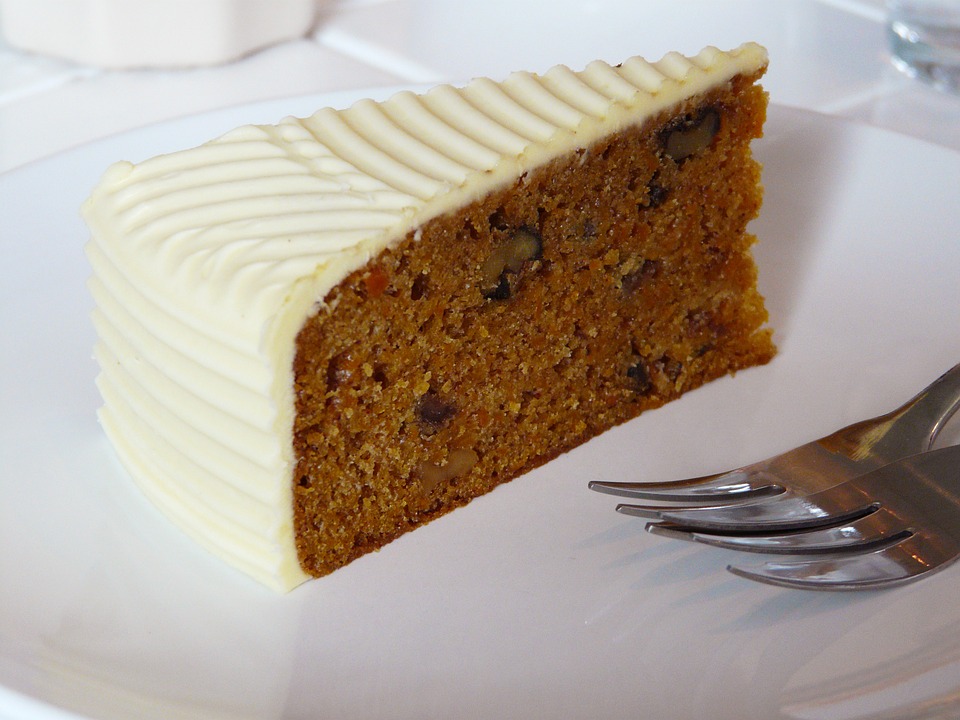Traditional Buttercream and Cream Cheese Frostings
So as we established in our last blog, making frosting is not a one-size-fit-all. Many things vary greatly based upon taste, desired consistency, and environmental factors. If you haven’t checked that blog out, even if you don’t want to make classic white frosting(link right here), you should give it a read. Today, we’re make classic buttercream frosting, as well as a bold cream cheese icing. If you’re doing this wedding yourself, it would probably be good to know how to make great frosting. Grab a couple things you need:
- Soften 4 sticks butter
- Soften 8oz block of cream cheese
- Get your tablespoon just for your vanilla ready
- Sift an entire 2 pound bag of confectioners sugar. It’s preferable to do this into a large tupperware for easy storage.
- Keep your heavy whipping cream cold in the fridge
- Use fine salt
Classic Buttercream Frosting
- Beat 2 ½ sticks softened butter until creamy and fluffy. This is easier if you cut the butter into small pieces
- Add ⅛ teaspoon fine salt
- Add 3 tablespoons vanilla
- Add 1 tablespoon heavy whipping cream
Just as before, these are our base amounts of these ingredients and we may come back to them. The cream will serve the same purpose as the milk in the previous recipe, and if you don’t have cream, you can use milk, but you may want to use less.
- Slowly incorporate the sifted confectioners sugar about a ½ cup at a time. Constantly beating at medium speed and scraping the sides.
- At around 2 ½ cups of sugar, taste the frosting. Chances are, it may be perfectly sweet enough, but probably not. It’s always good to taste once you’re at a 1:1 ratio.
- Continue adding sugar ½ cup at a time, tasting after incorporating each one. You’ll likely use 3 ½ to 4 ½ cups of sugar. You may have to go as high as 5 ½ for piping.
Unless you like a potent vanilla taste, you’ll probably be good with what is already in there. Again, if you still taste the subtle roughness of powdered sugar, add a pinch of fine salt. At this point, you’re mostly going to want to decide consistency with your milk or cream.
For a stiff, piped buttercream, you may not want anymore cream. For a creamy, easy-to-spread frosting, you may want as much as ¼ cup more, just be sure to add and incorporate it slowly so you can judge. Just like before, add another ¼ sugar to polish it off and kick the mixer into high gear.
It may be necessary to spend a little bit more time beating the buttercream than the classic white frosting. Butter has a slightly more dense texture and changes more at lower temperatures. You’ll want to aerate it as much as you can while it is at room temperature. Once you frost the cake and return it to the fridge, where buttercream frosting must stay, it’ll firm up. You want to make sure it’s as aerated as possible before then.
Classic Cream Cheese Frosting
Cream cheese frosting is both easier and trickier than buttercream. Because cream cheese is not as stable as other icing ingredients, it is necessary to blend it with a more stable ingredient. You want to blend it with enough of the more stable ingredient that it will hold correctly, keep shape, and behave like a proper frosting. However, too much will result in it losing its cream cheese flavor. Some prefer to use shortening, but we prefer butter.
- Cream together 8oz block softened cream cheese and 1 ½ sticks of butter. This is easier if the butter is cut up into smaller pieces.
- Add 3 tablespoons vanilla
- Add ⅛ teaspoon of fine salt
Unlike other frostings, milk or cream will not be well advised here. When using exclusively stiffer ingredients like shortening or butter, it’s necessary to smooth those our with some milk or cream. However, since cream cheese is already very soft and we are adding butter to stabilize it, we don’t need to smooth it out anymore.
It’ll be a very different consistency than buttercream or white frosting from the get-go. Also, it may have a tendency to spin up around the beaters, which you have to constantly plop back into the bowl. This is the most frustrating part of making cream cheese frosting.
- Gradually add in sifted confectioners sugar, starting with 1 cup, and then incorporating ½ cup at a time.
- At around 2 cups of sugar in, taste your frosting. It probably isn’t done, but cream cheese frosting will require less sugar than buttercream.
- Continue adding sugar ½ cup at a time, testing each time you’ve gotten the sugar fully incorporated. You’ll probably only need 3 to 3 ½ cups of sugar.
This won’t be stiff enough to pipe well, no matter how much sugar you add, so don’t ruin your frosting by trying to add that much sugar. This is a creamy frosting that is meant to be spread generously over your cake. The contents of a piped cream cheese frosting are entirely different. Once you have your desired sweetness, you may want to stiffen it up just a little, so turn that mixer on full speed, add ¼ cup of sugar and beat it through a few times. If there is a subtle roughness to the sugar, add another pinch of fine salt as well.
Because of the tendency to get spun up in the beaters, you may have to pause, scrape to the bottom, beat, experience the spinning again, pause, and repeat a few times. The frosting is usually aerated enough by the third or fourth go-around. You’ll know if your frosting is fluffy enough for you.
Both these frostings will work well on your cake of choice, whether going with a classic white cake, carrot cake, lemon cake, chocolate cake…the choices are endless and they are yours. It’s your wedding, so pick a cake that makes you happy, and that goes double for the frosting.

